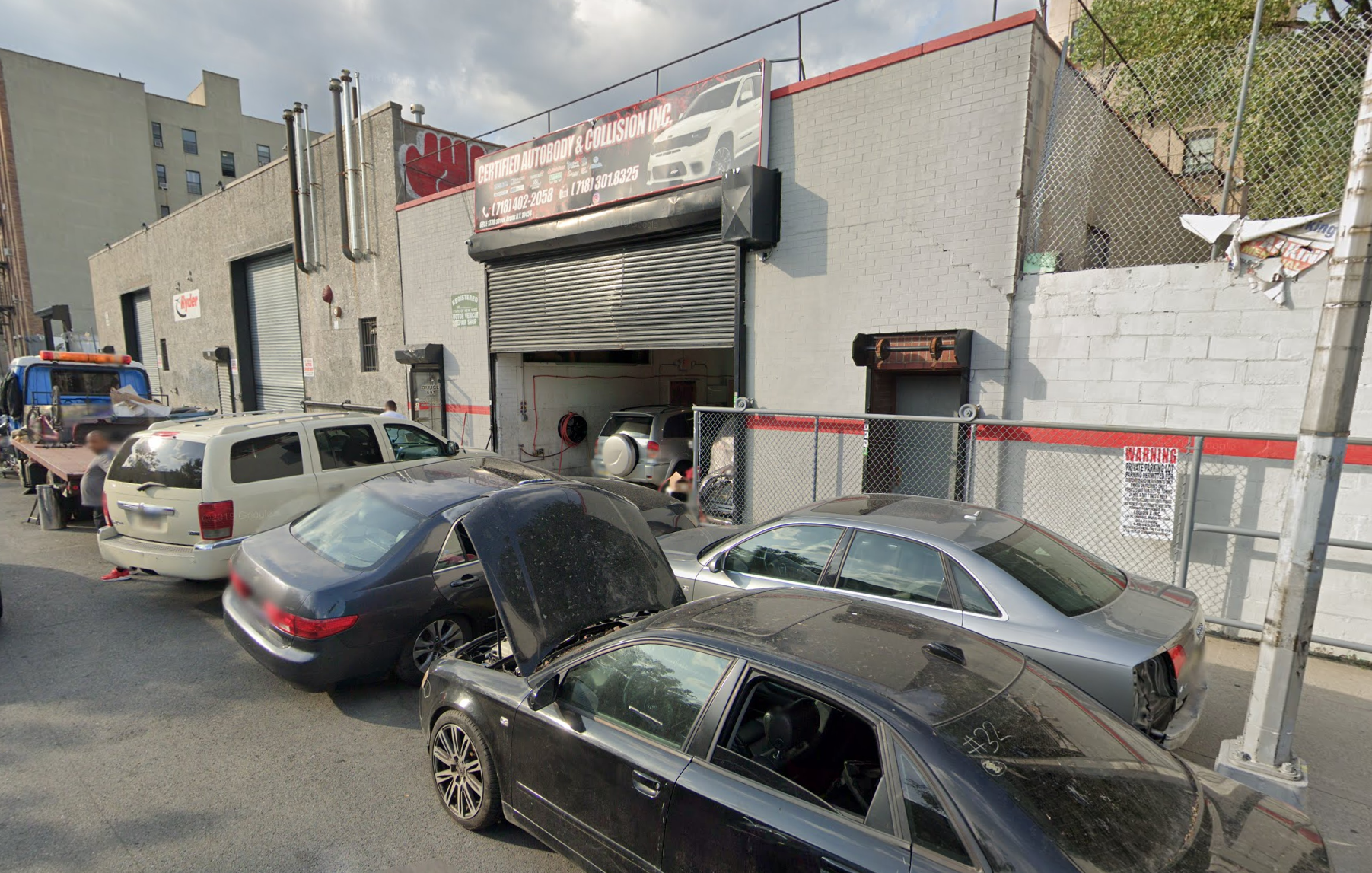Bronx Tow Kingpins Feud, Fatal Shooting Earns Mott Haven Shop Owner Life Sentence

An organised crime conviction in the city’s towing industry exposes a squalid underbelly behind a mundane urban service—and hints at broader governance failures.
Mott Haven, a pocket of the Bronx known more for potholes than for police tape, was rattled by more than a routine fender-bender on a cold day in February 2022. The operator of Certified Auto, an unremarkable auto body shop on Bruckner Boulevard, responded to a petty dispute with deadly force. Christian “Coco” Lugo, a 38-year-old local fixture, ordered a drive-by shooting against a rival towing operation—an act that left Gloria Ortiz, an innocent bystander, dead, and two others wounded in what federal prosecutors later described as a “turf war”.
Mr Lugo’s guilty plea last week in the Southern District of New York closed a chapter on a grimly parochial saga. By his own admission, Lugo not only orchestrated fatal violence but had for years bilked insurance companies and customers, inflating repair bills and filing fraudulent claims. He awaits sentencing at Brooklyn’s Metropolitan Detention Center, facing the chilling prospect of life behind bars. His lawyer, perhaps wisely, has stayed silent.
Victims may find little solace in the result. For the Ortiz family, justice for senseless loss is at best cold comfort. And for New Yorkers at large, the episode lifts a grimy hood on an industry whose low-level disorders can metastasise into something much more menacing. The city’s 1,400 licensed tow companies pull in millions of dollars each year through insurance settlements and contracts, their operations cynically efficient and often thinly policed. Turf disputes, sometimes settled with fists or wrenches, now proved lethally escalatory.
The first-order implication for the city is plain enough: the seeming trivialities of towing disputes can, unchecked, spiral into bloodshed. Thousands of accidents annually provide fertile ground for unscrupulous actors to jostle for a piece of the action. Disillusioned drivers, at their wits’ end during a breakdown, rarely scrutinise which tow truck shows up—or whether it has any business doing so. The city’s regulatory agencies, for all their forms and fingerprinting, seem outmaneuvered by operators nimble in the arts of opportunism.
Beyond the immediate loss, the affair bodes ill for the mechanics of governance. The insurance scams laid bare during the trial are hardly unique to Mott Haven. National Insurance Crime Bureau data suggests that staged accidents and inflated repair claims cost Americans several billion dollars yearly. In New York, a city where every square foot pulses with some abstemious hustle, a single fraudulent shop may prove only marginally more venal than its peers. But when combined with unchecked violence, such corruption takes on a more grotesque hue.
This is no mere cautionary tale for bureaucrats, but a headache for citizens. Law-abiding shop owners—already beset by razor-thin margins and rising insurance premiums—are left operating in an atmosphere tinged with menace. Drivers sceptical of every invoice or estimate face higher costs, and the battered credibility of the industry makes it that much harder for honest operators to compete. Politicians, ever eager to wring order from chaos, now promise more stringent licensing, background checks, and digital tracking. The outcome will likely be tepid: well-intentioned crackdowns tend to raise entrance barriers without eradicating bad actors.
A city’s dirty business, on display
Wry observers may recall that New York’s love affair with the automobile has never been untroubled. In the 1970s, the city’s entire sanitation cartel nearly rivalled the Mafia for audacity. Taxi medallions, too, became sinecures for the well-connected. The corruption of New York’s “wreck-chasing” industry, by contrast, is less flamboyant—but, as Mr Lugo’s case shows, no less pernicious. In Chicago, Los Angeles, and Houston, similar disputes have spilled over into occasional violence, but few incidents have cut as deeply into the fabric of neighbourhood finance, public safety, and trust.
Nationally, the regulatory landscape for towing resembles a patchwork quilt, riddled with holes and badly in need of darning. States such as Texas instituted centralised digital dispatch and geolocation tracking for tow trucks after violent episodes, yielding some reduction in abuse. New York City, with its famously Byzantine blend of oversight and indifference, has resisted such reform. Instead, overworked inspectors struggle to keep up, and insurance companies pass costs back to consumers.
We reckon that the city’s latest brush with felonious towing should prod policymakers to look beyond ritual indignation. For all the melodrama of mafia movies and reality television, the hard work of civic order involves less RICO and more auditing, data-sharing, and boring administration. That Ms Ortiz was killed as collateral in a commercial feud should prompt more than performative tough talk. The technology to trace trucks, cross-check claims, and flag suspicious activity is sound and available—if city agencies muster the will to use it.
Still, reform on its own offers only so much comfort. Underneath the legal wrangling and policy proposals, the city’s streets will remain arenas for small-time contests over territory and revenue. Some battles are inevitable when competition is fierce, oversight porous, and the rewards for chicanery so tempting. Yet New York’s legacy—byzantine and bustling, alternately lenient and litigious—reminds us that petty crime and violent escalation rarely remain confined to back streets and bad actors. They spread, quietly but inexorably, until a tragedy drags them into the daylight.
In this, as in so much else, New York is both warning and microcosm: a laboratory of urban anxieties and a mirror held up to American cities. The struggle, as ever, is not merely against crime but against the slow decay of norms and responsible governance that allow it to flourish. Even if Lugo himself vanishes behind bars, the rot he exploited lingers on—no less corrosive for its invisibility. ■
Based on reporting from Gothamist; additional analysis and context by Borough Brief.